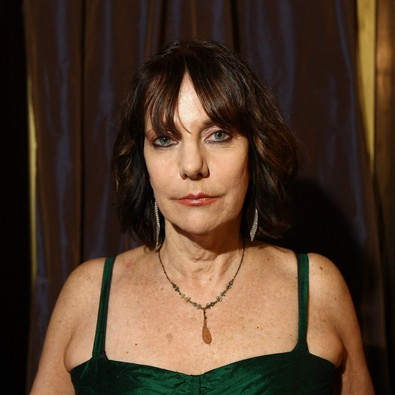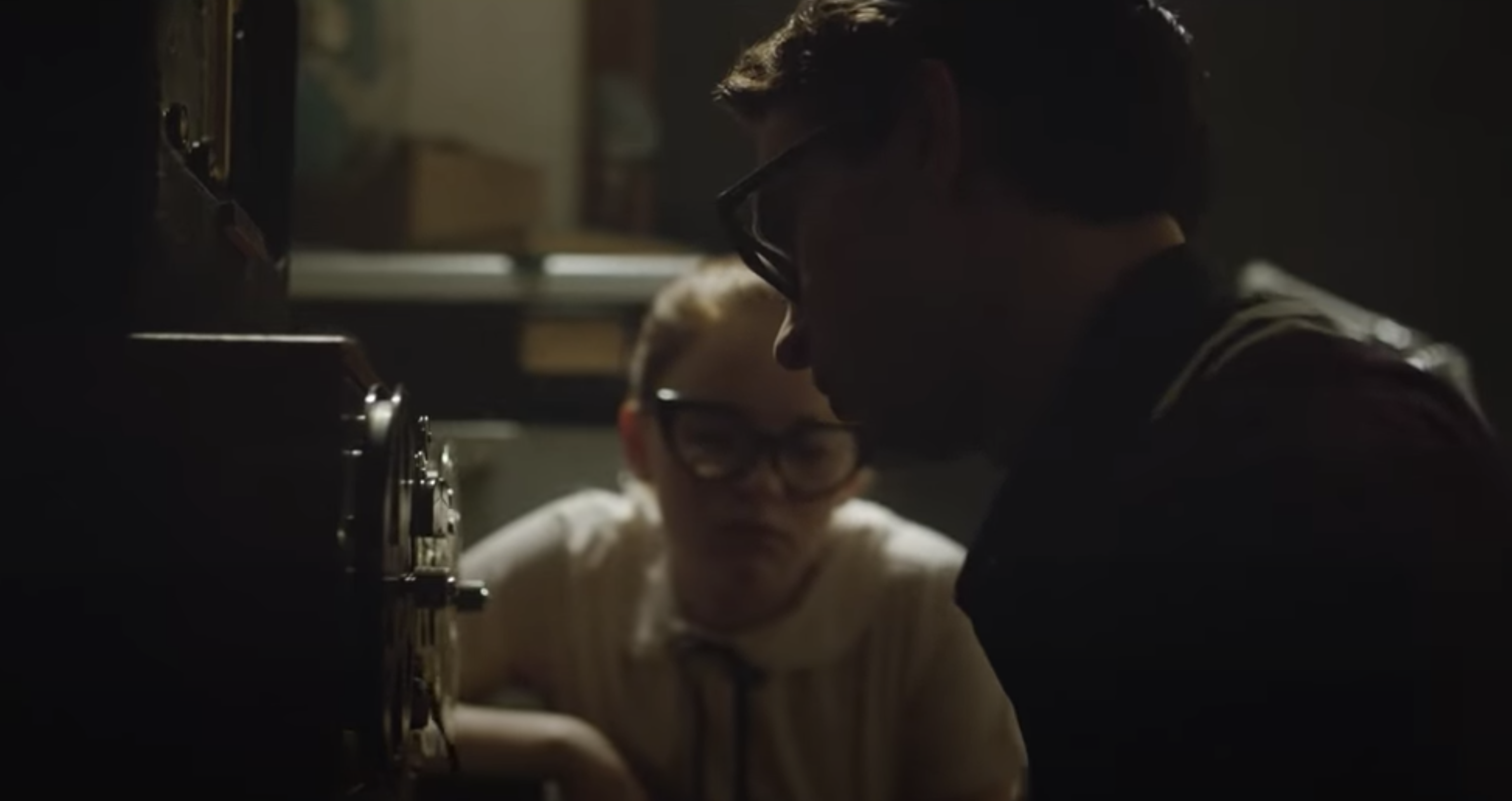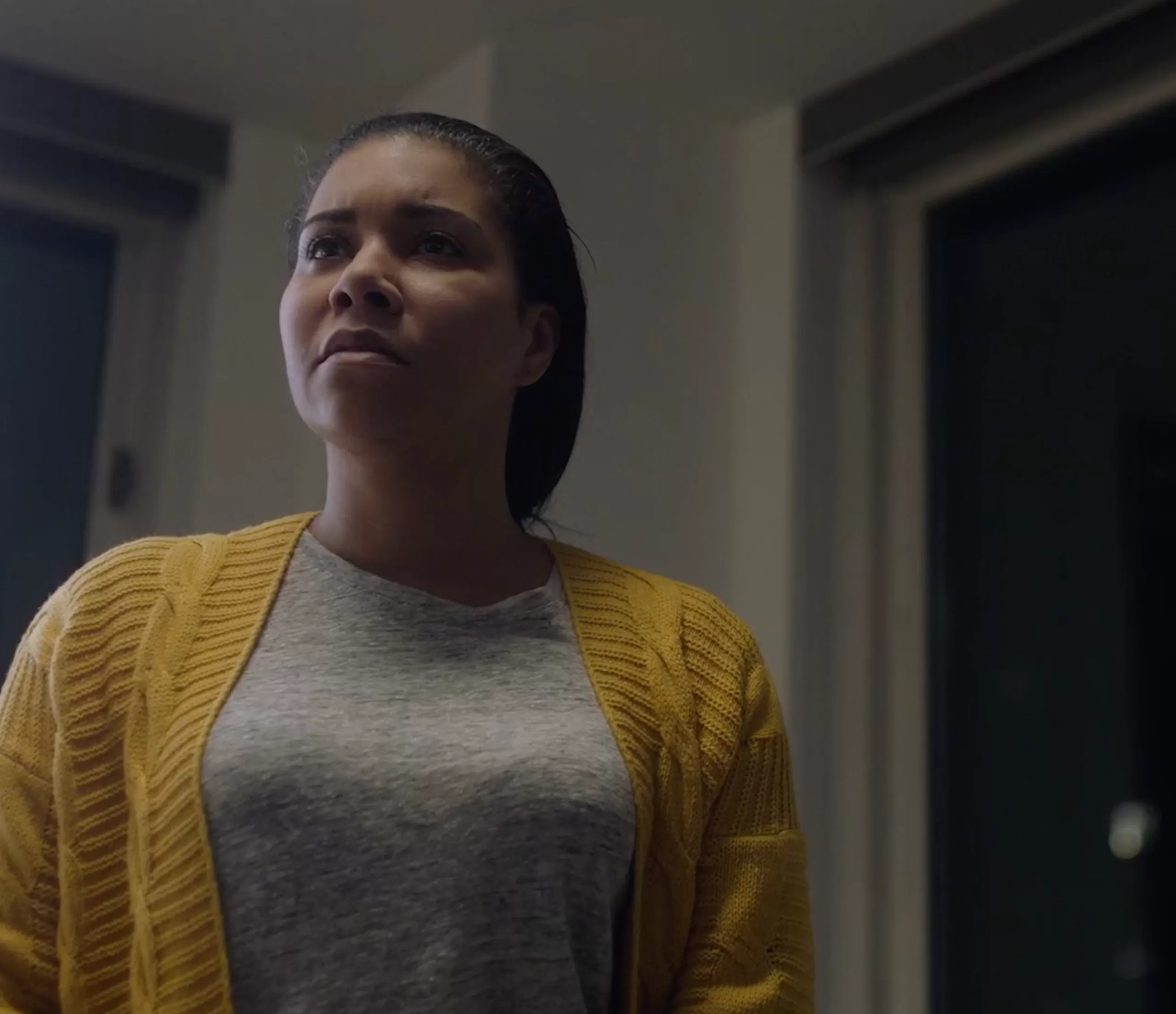Bette Gordon
Filmmaker Bette Gordon launched her career in early-1980s Tribeca, a world far removed from the designer clothing boutiques, expansive walk-up loft art spaces and quaint eateries bombarding the area today. There were no crowds, there were no restaurants, just an abundance of weed-ridden vacant lots and buildings.
One such establishment, located on White Street, would eventually become the Collective for Living Cinema, the stomping ground for a group of artsy SUNY Binghamton graduates and cinema fanatics which Gordon joined forces with. Armed with a self-financed 16mm film projection system, the Collective began screening a warped variety of films, from 1970s horror schlock like “It’s Alive!” to the avant-garde works of Michael Snow and Stan Brakhage. The tight-knit group populated what gradually became the hippest venues of their day—the legendary punk rock joint Mudd Club, just down the block; the Performing Garage in SoHo, home of the Wooster Group; the Kitchen arts space on West 19th Street. Connections were formed, ideas were fleshed out, and eventually, with funding aid from the German television station ZDF, England’s Channel 4 and other foreign arts-supporting organizations, low-budget films were made.
“When I got to New York City in 1980, Tribeca was empty,” said Gordon. “It smelled of spices and factories, trucks and cheese. You really had this feeling of being a pioneer, being somewhere people had never lived. The location was the heartbeat of an inner group. Once you met one person, you could meet five people, and then ten. It was easier to function in a world that didn’t spread so far.”
Inadvertently helping to develop Tribeca as the next art film capital—during a time when people would “look at me like I was crazy when I said I was a filmmaker”–Gordon found herself surrounded by cineastes now beloved by independent film-goers. Tom DiCillo, who went on to direct the breezy cult 1995 Steve Buscemi hit “Living in Oblivion,” and Christine Vachon, the current Killer Films producer who put director Todd Haynes on the map, were assigned, respectively, as director of photography and production assistant on Gordon’s first movie, 1983’s “Variety.” A twisted gender role-reversal in which a bored young woman becomes enraptured with the seedy, predominantly male world of pornography, “Variety” represented the animosity Gordon felt towards that time period’s feminist movement, which was stringently anti-pornography and vastly in favor of a “woman’s cinema.”
Twenty-seven years later, Gordon still refuses to be classified under that sort of gender-specific glory. She has directed only two other feature-length films—1998’s “Luminous Motion,” a haunting tale of an Oedipal youth hellbent on keeping his promiscuous mother away from serious male suitors; and this year’s “Handsome Harry,” released April 16, 2010 in which a Vietnam vet (Jamey Sheridan) suddenly confronts his guilt over the savage group beating of a comrade and secret male lover (Campbell Scott) thirty years earlier. She keeps busy raising her college-age daughter, teaching graduate film school classes at Columbia University, interviewing celebrities for NYC’s BOMB Magazine and working on occasional television projects. She never had aspirations towards superstardom. But whether Gordon goes on to make ten more movies or just a handful, she remains true to her passion for challenging widely-held psychological beliefs about men and women, how they interact with each other, how they shut each other out, and how a woman’s sexual forwardness can still threaten and alienate men.
news via inbox
Nulla turp dis cursus. Integer liberos euismod pretium faucibua



